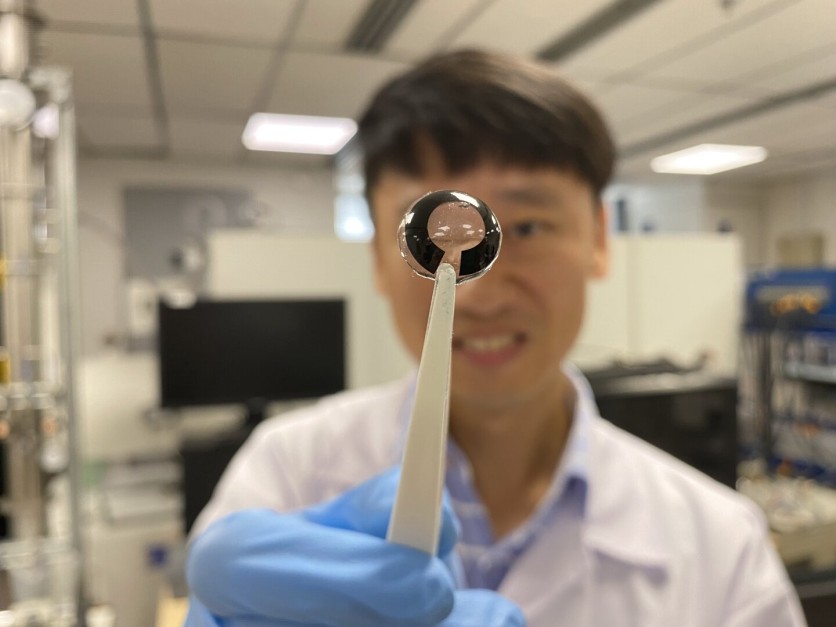Contact lenses have played a pivotal role in rectifying vision impairments for years. Fortunately, researchers from the Nanyang Technological University (NTU) in Singapore have ingeniously crafted an ultra-thin battery for smart contact lenses that can be charged with tears.
It measures just a micrometer in thickness or as thin as a human cornea.

Tear-Powered Smart Contact Lenses in Singapore
As technology continues to advance, several companies are underway to craft enhanced iterations that can seamlessly interface with devices such as smartphones and offer wearers the luxury of receiving information in close proximity to their eyes.
However, these ambitious applications require the lenses to have an internal battery. In a groundbreaking feat, NTU scientists in Singapore have pioneered a micrometer-thin battery with extraordinary capability to charge smart contact lenses with tears, according to Interesting Engineering.
Made of biocompatible materials and without any wires or toxic heavy metals, the battery also has a glucose-based coating. This innovative coating possesses the remarkable ability to interact with sodium and chloride ions present in the water enclosed within the battery.
This interaction functions as an intricate circuitry system, facilitating electricity generation. With a thickness smaller than a millimeter, the battery's ultra-slim design raises questions about its energy storage capacity and lifespan.
To put their invention to the test, the research team headed by Lee Seok Woo, an assistant professor at NTU's School of Electrical and Electronic Engineering (EEE), worked with a simulated eye model.
The outcomes of their experiments unveiled the battery's remarkable potential, generating a current of 45 microamperes and delivering a maximum power output of 201 microwatts. This power level is sufficient to sustain the device's operation for most of the day.
Adding to the innovative aspect of the technology, the concept of utilizing tears for recharging comes into play. Immersed within a simulated tear solution, the battery exhibits an extended rate of an additional hour for every 12 hours of use.
While not using it, the battery can be submerged in a concentrated saline solution enriched with elevated levels of glucose, potassium, and sodium ions.
This unique preservation method transforms the solution into a potent charging reservoir, ensuring the battery remains primed for action. A conventional external power supply can also charge the battery, which can undergo around 200 charge-discharge cycles.
How Safe Is It?
New Atlas reported that what makes it more intriguing is that the tears, which inherently contain sodium and chloride ions, could practically serve as a natural charging mechanism for the lenses while the user wears them.
In a statement, Woo said: "Previous techniques for lens batteries were not perfect as one side of the battery electrode was charged and the other was not. Our approach can charge both electrodes of a battery through a unique combination of enzymatic reaction and self-reduction reaction."
"Besides the charging mechanism, it relies on just glucose and water to generate electricity, both of which are safe to humans and would be less harmful to the environment when disposed, compared to conventional batteries," he added.
Related Article : Scientists Create Smart Contact Lens With 3D Printer





